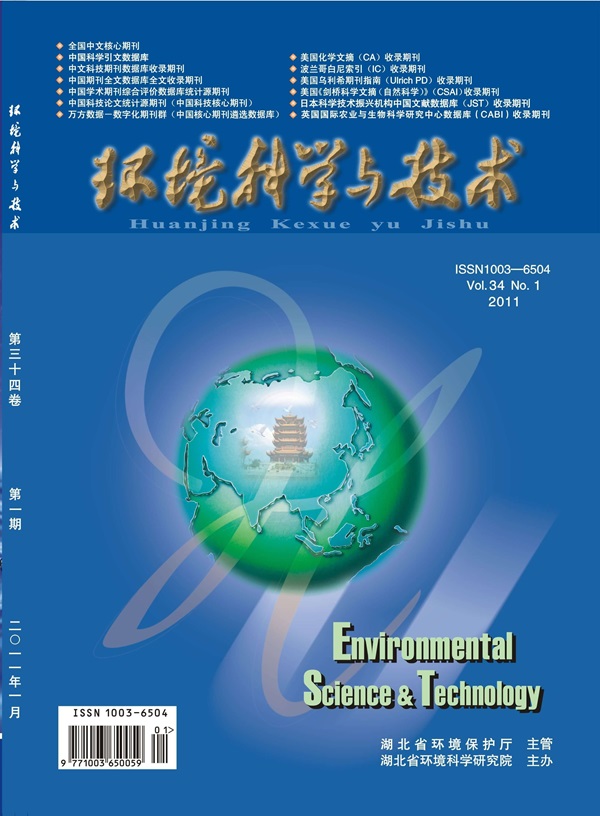Synthesis and Toxicity Evaluation of p-Phenylenediamine-Quinones
IF 10.8
1区 环境科学与生态学
Q1 ENGINEERING, ENVIRONMENTAL
引用次数: 0
Abstract
N-(1,3-Dimethylbutyl)-N′-phenyl-p-phenylenediamine-quinone (6PPD-Q), the tire rubber-derived transformation product of 6PPD, was recently discovered to cause the acute mortality of coho salmon (Oncorhynchus kisutch). Aiming to identify potential replacement antiozonants for 6PPD that do not produce toxic quinones, seven PPD-quinones with distinct side chains were synthesized to investigate their structure-related toxicities in vivo using rainbow trout (Oncorhynchus mykiss). While 6PPD-Q exerted high toxicity (96 h LC50 = 0.35 μg/L), toxicity was not observed for six other PPD-quinones despite their similar structures. The fish tissue concentrations of 6PPD-Q after sublethal exposure (0.29 μg/L) were comparable to the other PPD-quinones, which indicated that bioaccumulation levels were not the reason for the selective toxicity of 6PPD-Q. Hydroxylated PPD-quinones were detected as the predominant metabolites in fish tissue. Interestingly, a single major aromatic hydroxylation metabolite was detected for the alternate PPD-quinones, but two abundant OH-6PPD-Q isomers were detected for 6PPD-Q. MS2 spectra confirmed that hydroxylation occurred on the alkyl side chain for one isomer. The structurally selective toxicity of 6PPD-Q was also observed in a coho salmon (CSE-119) cell line, which further supports its intrinsic toxicity. This study reported the selective toxicity of 6PPD-Q and pinpointed the possibility for other PPDs to be applied as potential substitutes of 6PPD.

最近发现,N-(1,3-二甲基丁基)-N′-苯基-对苯二胺醌(6PPD-Q)是 6PPD 的轮胎橡胶转化产物,可导致褐鲑急性死亡。为了找到不会产生有毒醌类化合物的 6PPD 潜在替代抗臭氧剂,我们合成了七种具有不同侧链的 PPD 醌类化合物,并利用虹鳟鱼(Oncorhynchus mykiss)研究了它们在体内与结构相关的毒性。6PPD-Q 具有很高的毒性(96 小时半数致死浓度为 0.35 微克/升),而其他六种 PPD-quinones 虽然结构相似,却没有毒性。亚致死接触后,鱼组织中 6PPD-Q 的浓度(0.29 μg/L)与其他 PPD-quinones 相当,这表明生物累积水平并不是 6PPD-Q 具有选择性毒性的原因。在鱼类组织中检测到的主要代谢物是羟基化的 PPD-奎宁酮。有趣的是,交替的 PPD-quinones 只检测到一种主要的芳香烃羟化代谢物,而 6PPD-Q 则检测到两种丰富的 OH-6PPD-Q 异构体。MS2 光谱证实,其中一种异构体的羟基发生在烷基侧链上。在鲑鱼(CSE-119)细胞系中也观察到了 6PPD-Q 在结构上的选择性毒性,这进一步证实了它的内在毒性。这项研究报告了 6PPD-Q 的选择性毒性,并指出了其他 PPD 用作 6PPD 潜在替代品的可能性。
本文章由计算机程序翻译,如有差异,请以英文原文为准。
求助全文
约1分钟内获得全文
求助全文
来源期刊

环境科学与技术
环境科学-工程:环境
CiteScore
17.50
自引率
9.60%
发文量
12359
审稿时长
2.8 months
期刊介绍:
Environmental Science & Technology (ES&T) is a co-sponsored academic and technical magazine by the Hubei Provincial Environmental Protection Bureau and the Hubei Provincial Academy of Environmental Sciences.
Environmental Science & Technology (ES&T) holds the status of Chinese core journals, scientific papers source journals of China, Chinese Science Citation Database source journals, and Chinese Academic Journal Comprehensive Evaluation Database source journals. This publication focuses on the academic field of environmental protection, featuring articles related to environmental protection and technical advancements.
 求助内容:
求助内容: 应助结果提醒方式:
应助结果提醒方式:


